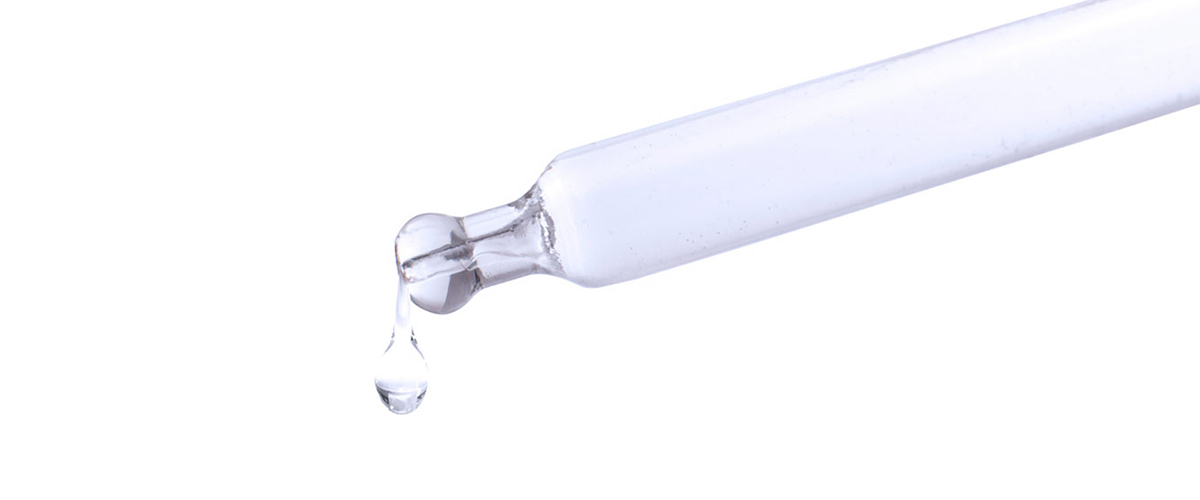There is some evidence that hydrocarbons from mineral oil accumulate in the fat tissue of the body4. The authors of a 2011 study detected mineral oil saturated carbons (MOSH) in samples taken during elective cesarean section, and proposed cosmetics as a potential source. However, the data did not show a strong correlation between the use of cosmetics and MOSH accumulation.
Other studies have shown that the amount of mineral hydrocarbons absorbed through the skin is negligible2,5. One of these studies conducted by the University of California looked at penetration of pig and mouse skin and found the hydrocarbons not only couldn’t penetrate normal, in-tact skin, but still failed to penetrate when the skin barrier was compromised5. The more likely source of MOSH in fat tissue is contaminated food, with mineral oil being detected in several other oils including olive oil6 and sunflower oil7.
This is certainly a concern, but not a reason to avoid mineral oil in cosmetics.


